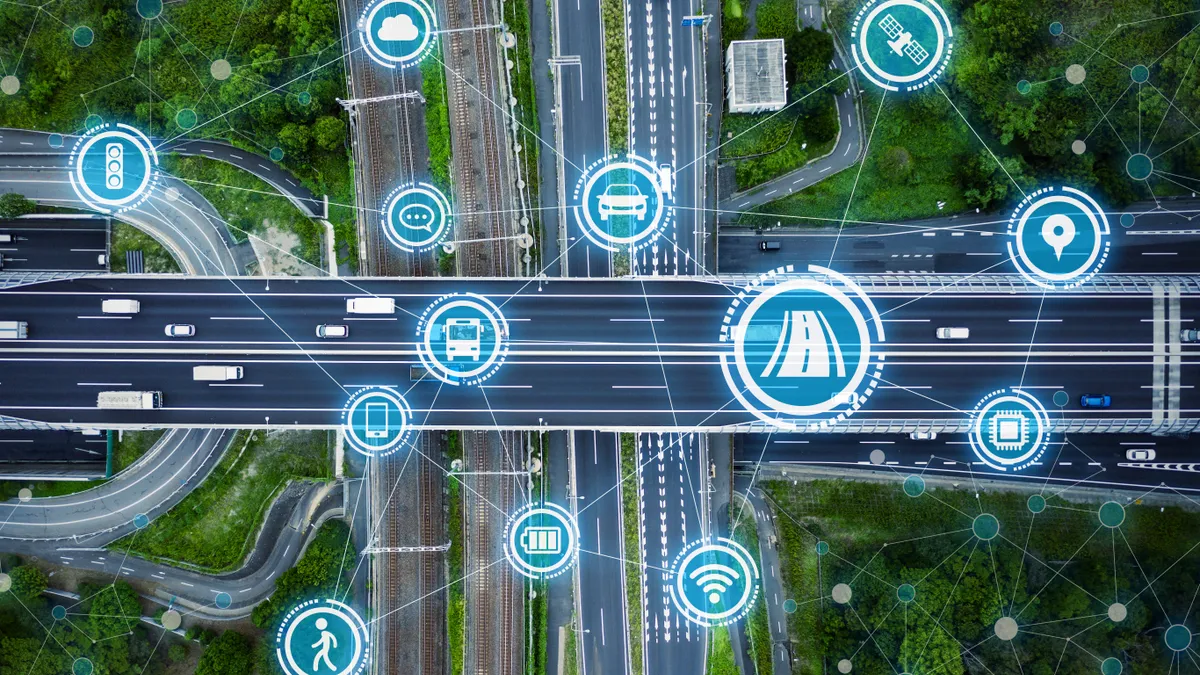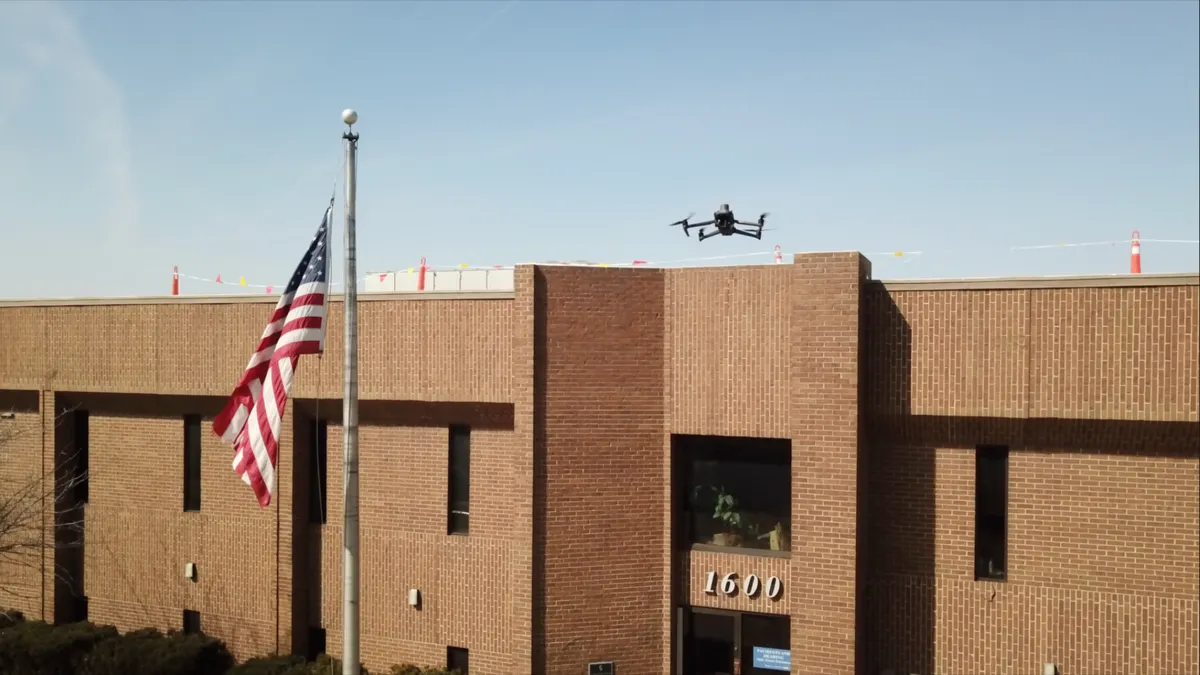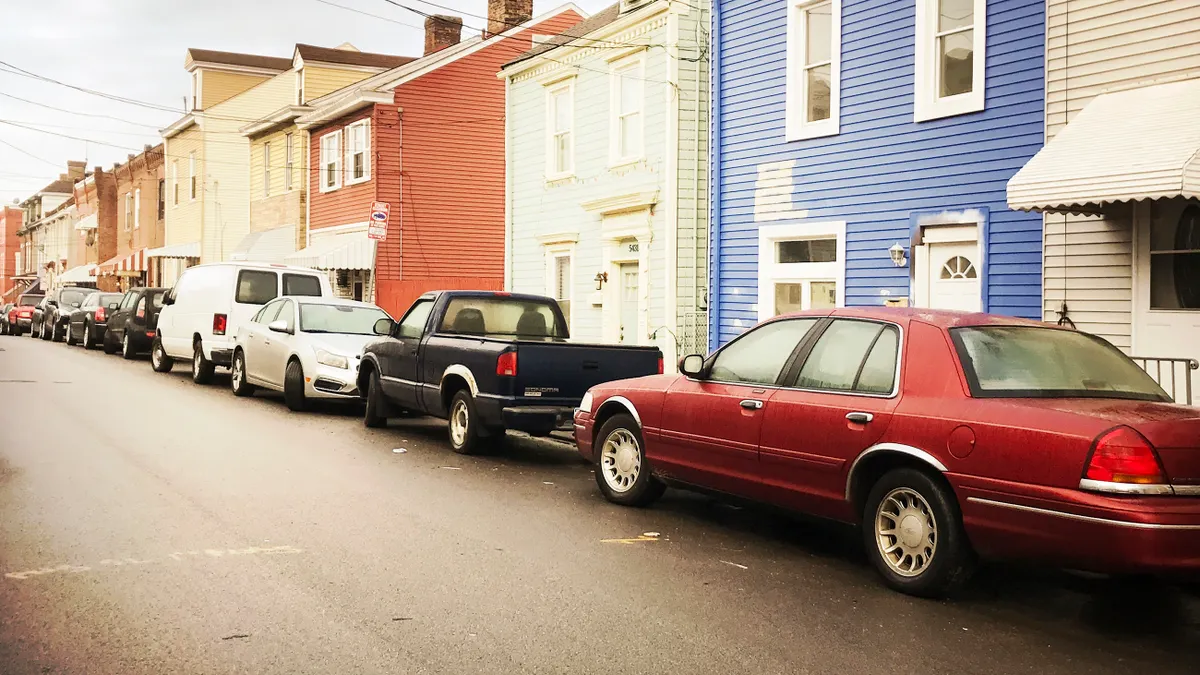Editor's Note: The following is a guest post from Eric Woods, research director at Navigant Research.
The link between 5G networks and smart cities is often made in almost utopian terms. Beyond the hype, however, the emergence of a new generation of communications technologies is accelerating and amplifying smart city innovation in all its complexity.
5G networks have the potential to address important barriers to smart city development, but they will also increase concerns over security, privacy and digital equity.
The promise of 5G is commonly represented by three core capabilities: enhanced mobile broadband, massive machine type communications and ultra reliable low latency communications. It is important to understand the different elements of the 5G landscape and their deployment trajectories, but it is in the combined capability across all three elements where the real impact of 5G will be felt.
The ubiquity of connected devices from the cheapest sensor to critical automated systems combined with enhanced consumer devices that immerse users in this hyperconnected world will change the way cities are managed, operated, and experienced.
Much of the evolution of 5G technology will be driven by the telecommunications industry, national governments, and international standards bodies. Cities, however, have a more active role in 5G deployments than in previous generations of cellular connectivity thanks to both the technical characteristics of 5G and the development of new use cases and business models. City leaders need to consider the impact of 5G and their role in its development across five dimensions:
Changing perspectives on city assets and infrastructure: 5G requires a much denser network of radio receivers and transmitters, which is driving the rush to deploy many more small cells on rooftops, power poles, street lights, traffic lights and other locations across cities. This requirement means local government is much more involved in the deployment of 5G networks.
Other city assets important to enabling 5G deployment include the ability to grant right-of-way for the network installation and the use of city-owned fiber networks for the backhaul capacity needed by 5G providers. Connectivity requirements for 5G are also driving innovation in the design of city assets. Smart poles, for example, that integrate radio equipment into the pole structure can reduce the visual impact of small cell deployments and provide advanced communications and sensor capabilities.
The transformation of city services: 5G will provide incremental improvement on existing services and support new use cases that are not possible using today’s technology. The adoption of 5G will be gradual and evolutionary but the aggregated impact over time will be profound, as instrumentation of city assets and services becomes ubiquitous. The transformation will be more dramatic where new use cases become possible, such as automated transportation or new emergency service applications.
Realizing the potential of 5G for city service transformation will require complementary developments in city data platforms and new approaches to service design and delivery.
5G as a catalyst for economic development: Smart city programs are closely connected to the pressure on cities to adapt to economic challenges presented by globalization and rapid technology innovation. For this reason, many cities are competing to be in the forefront of 5G deployment. Leadership in 5G is seen as providing impetus to the growth of local high tech industries and the new jobs and investment they can bring. 5G is also closely tied to other innovations associated with the Fourth Industrial Revolution, including the widespread use of artificial intelligent, greater automation, and the creation of zero carbon cities.
The need to address digital exclusion: One of the biggest concerns raised by many city leaders over 5G is that it could exacerbate rather than help address social inequality and digital exclusion. This may result from the cost of access to 5G services, their restricted deployment to wealthier areas, or the exclusion of those without the right education and skills. These new concerns reinforce existing critiques of smart city programs that are not sufficiently focused on ensuring an equal access to benefits for all citizens.
The greater focus on cybersecurity and data privacy: The massive increase in connected devices across the urban infrastructure presents new cybersecurity challenges in terms of the securing and managing those devices and the data they create. The increased integration across traditional operational silos will further increase those risks. Privacy concerns will also be heightened as 5G networks increase the volume of data collected on citizens and drive the greater use of technologies such as real-time facial recognition.
Developing a strategy for hyperconnected city
Cities need to see 5G as more than just a set of new technologies and the role of the city as more than a technology testing ground. 5G will shape smart city developments through the 2020s, but it will build on and amplify the work done over the past decade. 5G networks are being designed for incremental replacement of 4G networks, allowing a smoother transition than previous upgrades to cellular networks.
There is no need to wait for 5G to drive forward city digitization and internet of things (IoT) initiatives. Indeed, lessons learned from existing projects allow cities to take a realistic view on the hype around 5G and its future deployment.
Smart city development has always prioritized the need for partnership between the complex web of stakeholders from both the public and private sectors. 5G brings new requirements and opportunities for an ecosystem of city partners. Cities are already engaging closely with carriers and technology providers, but this engagement is only the start of creating new interfaces between city management, public and private sector service providers, local businesses, residents, and other stakeholders.
Cities implementing a smart city vision need to be thinking about their future communication needs and the impact 5G may have. This includes reviewing their fiber infrastructure, the role of multi-application networks and platforms, and the potential of 5G to support current and new use cases. Planning should include both near-term and long-term goals. Each city must understand its role in the evolving 5G ecosystem and the most effective way to leverage its specific assets and influence.

















